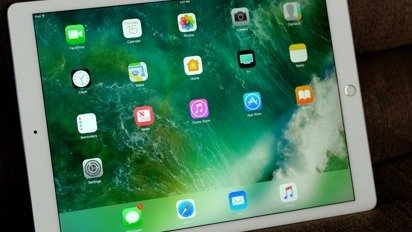Unveiled during Apple's Worldwide Developer Conference 2017, the updated iPad Pro lineup consists of two tablets, with the 9.7-inch model replaced by a larger 10.5-inch version but still accompanied by the 12.9-inch variant, with both incorporating changes to the display, a new processor, new cameras, and other improvements.
Physical Changes
Rather than updating the 9.7-inch model, Apple introduced a new slightly larger version of the tablet, intended to be the smaller of the two iPad Pro devices. The 10.5-inch version is approximately 20 percent larger than the 9.7-inch model, though with borders reduced by 40 percent, making the physical increase in size much smaller than it could be.
The extra screen space allows Apple to include a full-size onscreen keyboard, making it easier for users to type compared to its predecessor. The larger size also allows support for a full-size layout for the Smart Keyboard accessory, produced to match the device's physicality.
The new model measures 9.8 inches long, 6.8 inches wide, and 0.24 inches thick, and weighs 1.03 pounds for the Wi-Fi model, or 1.05 with cellular.
The 12.9-inch iPad Pro retains the same borders as the first generation. This model is 12 inches long, 8.68 inches wide, and 0.27 inches thick, with the Wi-FI and Cellular versions weighing in at 1.49 pounds and 1.53 pounds respectively.
Display Upgrades
The Retina displays have resolutions of 2224 by 1668 and 2732 by 2048 for the 10.5-inch and 12.9-inch models respectively. This gives both sizes of iPad Pro a pixel density of 264ppi.
Both models incorporate a new wide color P3 display, giving it cinema-level color accuracy, with the screens offering up to 600 nits of brightness. The antireflective coating used, alongside a fingerprint-resistant oleophobic coating, is said to allow the new iPad Pro models to reflect as little as 1.8 percent of light, making it more usable in sunlight and bright locations.
A new addition is the introduction of ProMotion technology, which gives the iPad Pro a refresh rate of up to 120Hz, double the previous model. This allows for drawing with the Apple Pencil to be more fluid than before, cutting input latency down to 20 milliseconds, while the ability to vary the refresh rate to match the viewed content can help reduce power consumption.
This time, both of the iPads incorporate True Tone, a system introduced with the iPad Pro 9.7-inch that uses a collection of sensors to detect ambient light, allowing the iPad to alter the color of the display to better suit the area it is being used within. This slight change in brightness and color is thought to help prevent eyestrain and overexposure to blue-toned light, which is said to interrupt sleep patterns.
Internal Specifications
For the new iPad Pro generation, Apple is using the new A10X Fusion chip, consisting of a 64-bit six-core CPU and a 12-core GPU, with the M10 coprocessor also embedded in the package. . Apple claims the A10X delivers up to 30 percent faster CPU performance and 40 percent faster graphics than the A9X chip, which used four CPU cores and half the GPU cores.
Four speakers are used to deliver audio, as well as dual microphones for more efficient reception of the user's voice for calls and video conferencing. Mounted on the front is a second-generation Touch ID reader built into the Home button, which Apple claims is more responsive than in the original iPad Pro range.
All models have dual-band Wi-Fi with MIMO, capable of connecting to 2.4GHz and 5GHz-band networks with support for 802.11ac networks and earlier, giving it a maximum connection speed of up to 866Mbps over a local network. Bluetooth 4.2, a digital compass, three-axis gyro, accelerometer, barometer, and iBeacon microlocation are also included across the board.
The cellular models include an embedded Apple SIM for connection to a mobile network, with support for LTE-Advanced on 25 bands and a maximum speed over LTE of 450Mbps. There is also support for CDMA networks, Wi-Fi calling, and assisted GPS and GLONASS positioning.
The 10.5-inch iPad Pro boasts a 30.4WHr lithium-polymer battery, while the 12.9-inch model has a larger 41WHr version. According to Apple, all models can run for up to 10 hours of surfing over Wi-Fi, watching video, or listening to music, though the batteries in the cellular versions can power up to 9 hours of web surfing over a mobile network.
Cameras
The rear camera for both iPad Pro models uses a 12-megapixel sensor with optical image stabilization, an f/1.8 aperture, a 5x digital zoom, quad-LED True Tone flash, and hybrid IR filter. Among the rear camera's features are 4K recording at 30fps, 1080p video at 60fps, slow-motion video at 1080p 120fps and 720p 240fps, and the ability to capture 8-megapixel still images while recording a 4K video.
On the front is a 7-megapixel FaceTime HD camera with an f/2.2 aperture and auto image stabilization. Able to detect bodies and faces, the FaceTime HD camera has a Retina Flash, wide color capture, and auto HDR, among other features.
Pricing
The 10.5-inch iPad Pro is offered in Silver, Space Gray, Gold, and Rose Gold options, starting from $649 for the 64GB Wi-Fi model, with the 256GB and 512GB versions costing $749 and $949 respectively. Cellular models cost an extra $130 for all variants.
The updated 12.9-inch iPad Pro is available in Silver, Space Gray, and Gold, but not Rose Gold, with the 64GB, 256GB, and 512GB versions priced at $799, $899, and $1,099 respectively for Wi-Fi-only models. Again, adding cellular connectivity costs $130 more, making the 12.9-inch 512GB iPad Pro the most expensive at $1,229.
All iPad Pro models are available to purchase now.

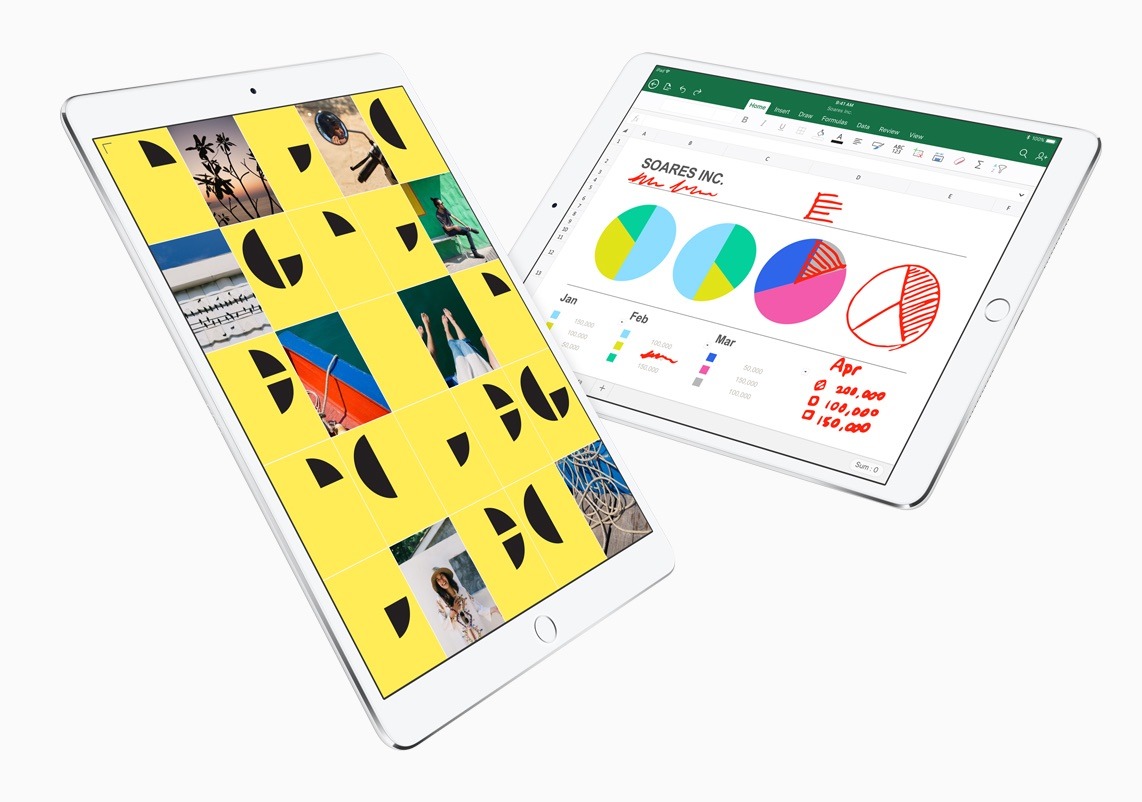
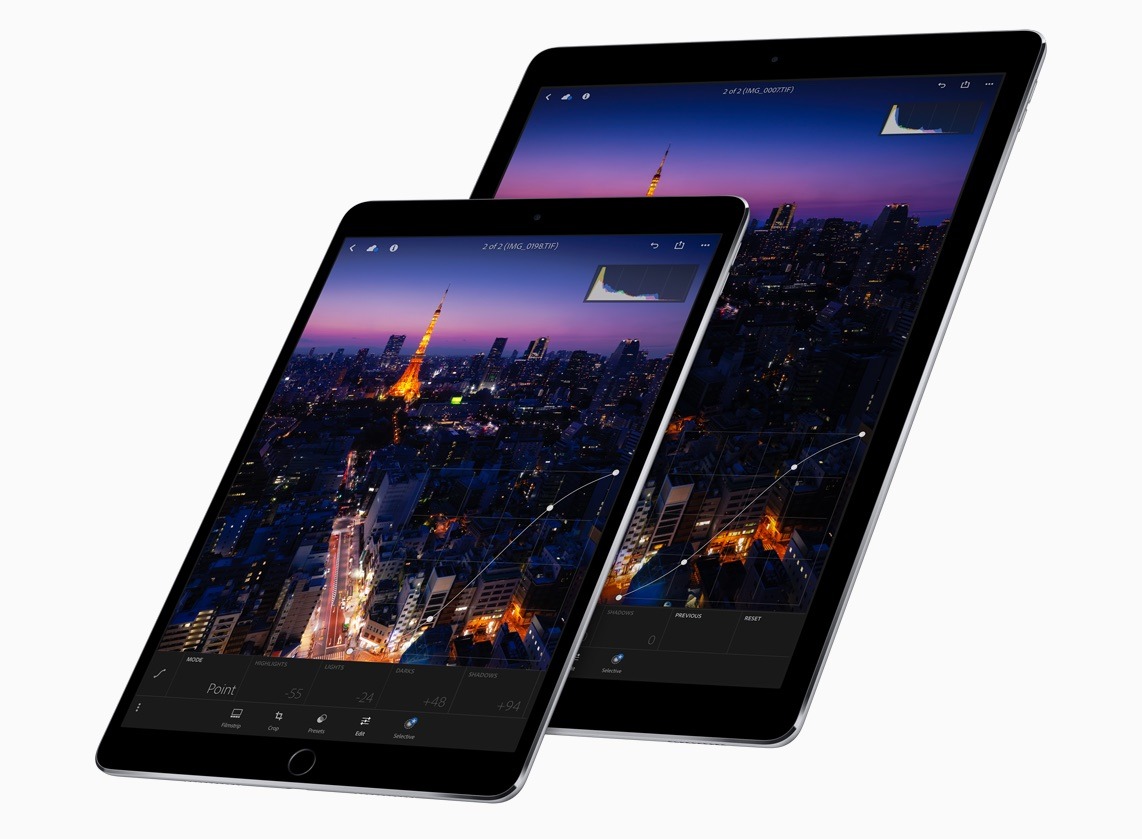
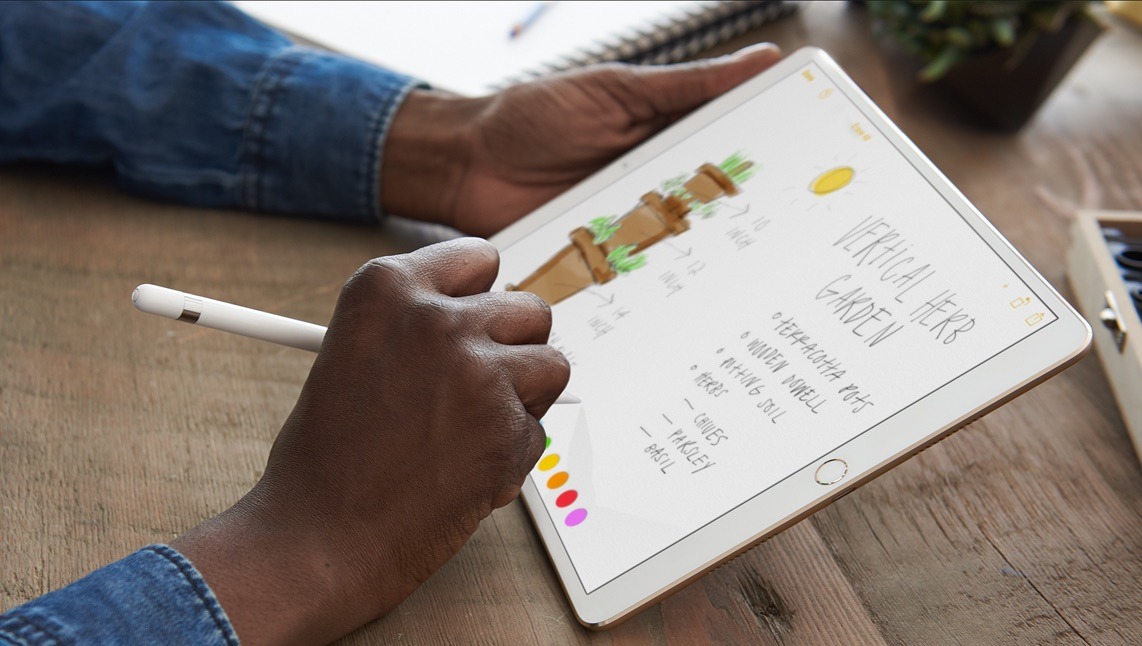
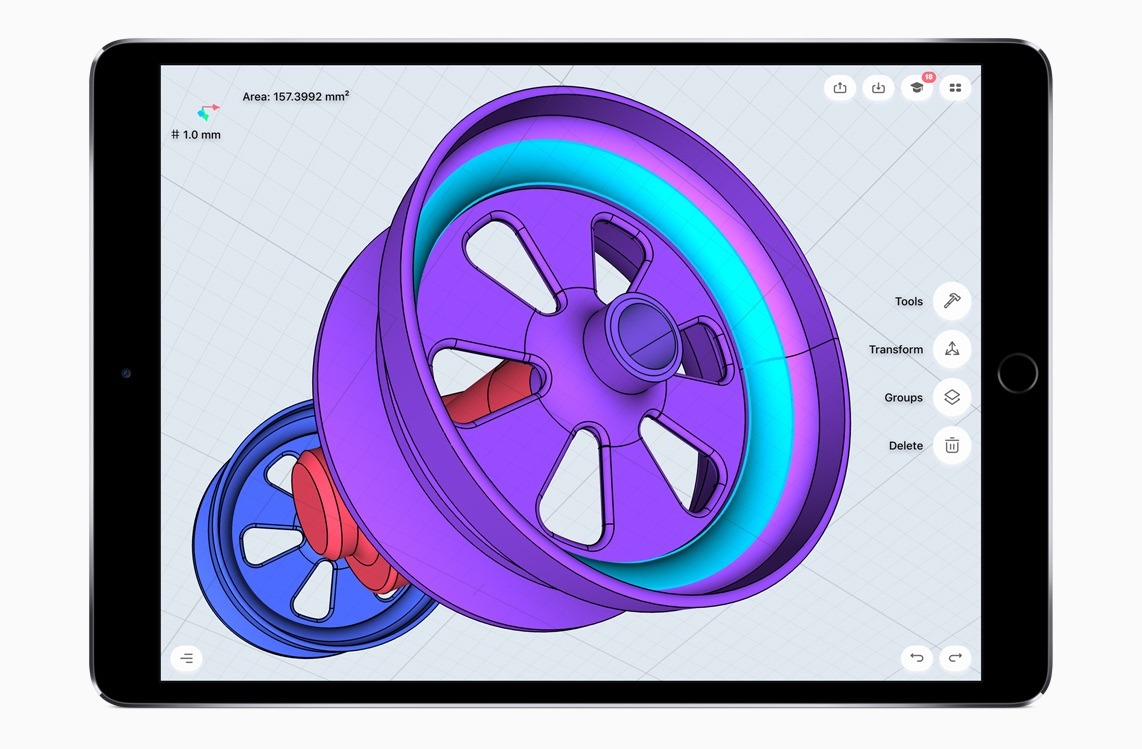
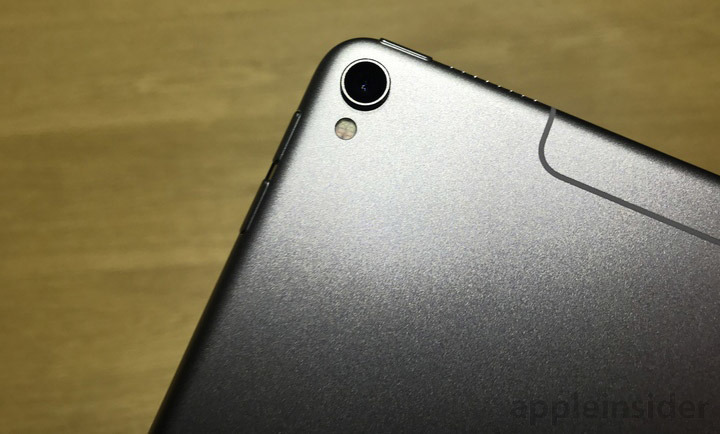

 Vadim Yuryev
Vadim Yuryev
 Neil Hughes
Neil Hughes
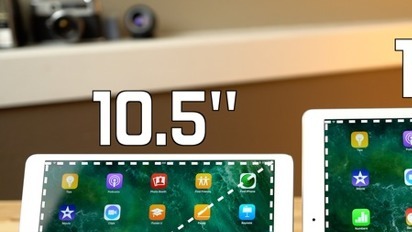
 AppleInsider Staff
AppleInsider Staff


